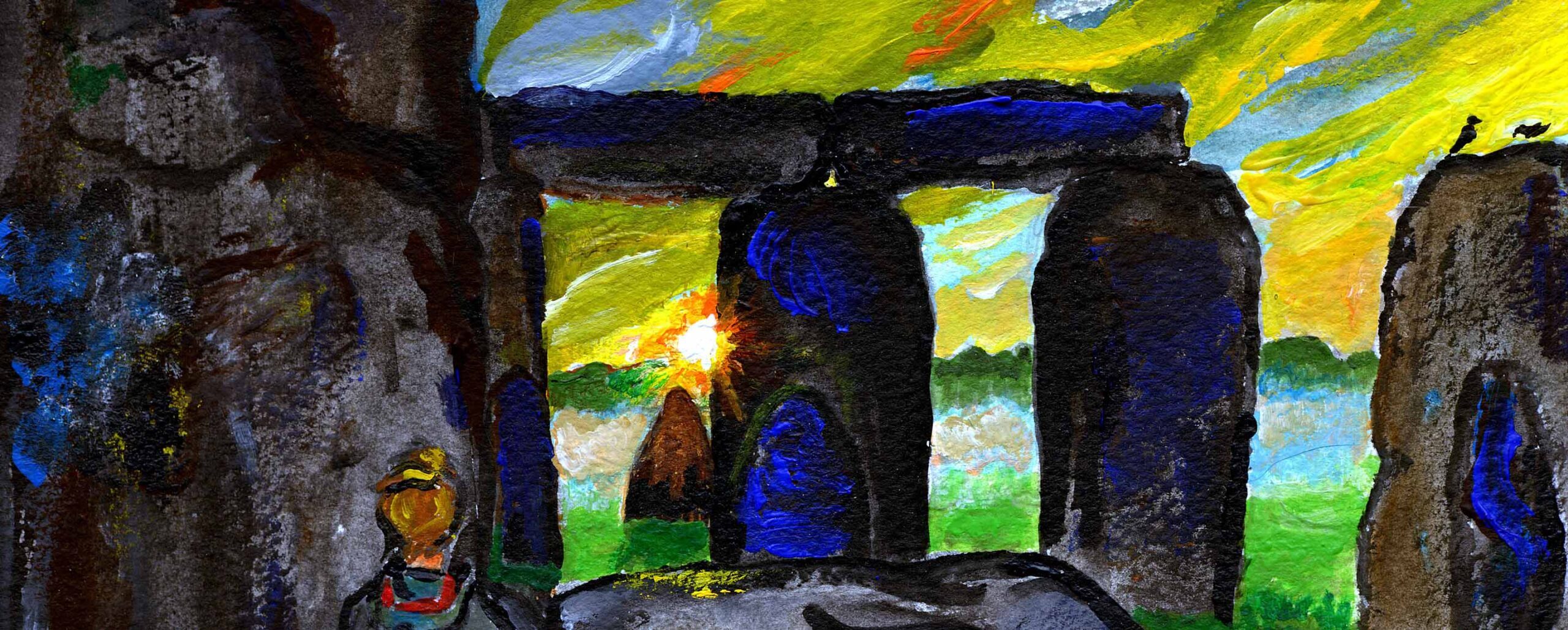The Lyrid meteor shower should be at its best this year in the night between April 21 and 22.
Here is the group of four illustrations from page 134 of Astronomical Calendar 2025.

(See the end note about enlarging illustrations. They will appear far sharper in the actual book, printed or digital.)
The Lyrid stream consists of debris shed from comet Thatcher of 1861 and continuing to travel in or near its orbit. The orbit descends from the north across the April part of Earth’s orbit (as shown by the space view).
So (finder chart) the place in the sky from which the meteors appear to spray out (the shower’s radiant) is northerly, between the constellations Hercules, Lyra, and Boötes. If you think you can trace a meteor’s path back to somewhere near the bright star Vega, it is a Lyrid and not a “sporadic” space particle.
This radiant rises (see the horizon scene, for a USA location) in the north-east, around 10 PM, and slopes up to nearly overhead by 4 AM in the next morning.
In good sky conditions, you could expect to count up to 18 meteors per hour (the estimated ZHR or zenithal hourly rate), though there have been a few much greater outbursts in the past.
Another factor must always be considered: the phase of the Moon. This year, the waning Moon will not rise until about 3 AM.
Much more favorable than last year, when the full Moon’s glare was in the sky.
The third diagram is a view onto Earth from ecliptic north – that is, perpendicularly down onto it in its orbit. Rotation will in a few hours carry America into view of the oncoming meteors, and only later into view of the Moon.
__________
This weblog maintains its right to be about astronomy or anything under the sun.
ILLUSTRATIONS in these posts are made with precision but have to be inserted in another format. You may be able to enlarge them on your monitor.
One way: right-click, and choose ”View image” or ”Open image in new tab”, then enlarge. Or choose ”Copy image”, then put it on your desktop, then open it. On an iPad or phone, use the finger gesture that enlarges (spreading with two fingers, or tapping and dragging with three fingers). Other methods have been suggested, such as dragging the image to the desktop and opening it in other ways.
Sometimes I make improvements or corrections to a post after publishing it. If you click on the title, rather than on ‘Read more’, I think you are sure to see the latest version. Or, if you click ‘Refresh’ or press function key 5, you’ll see the latest version.
